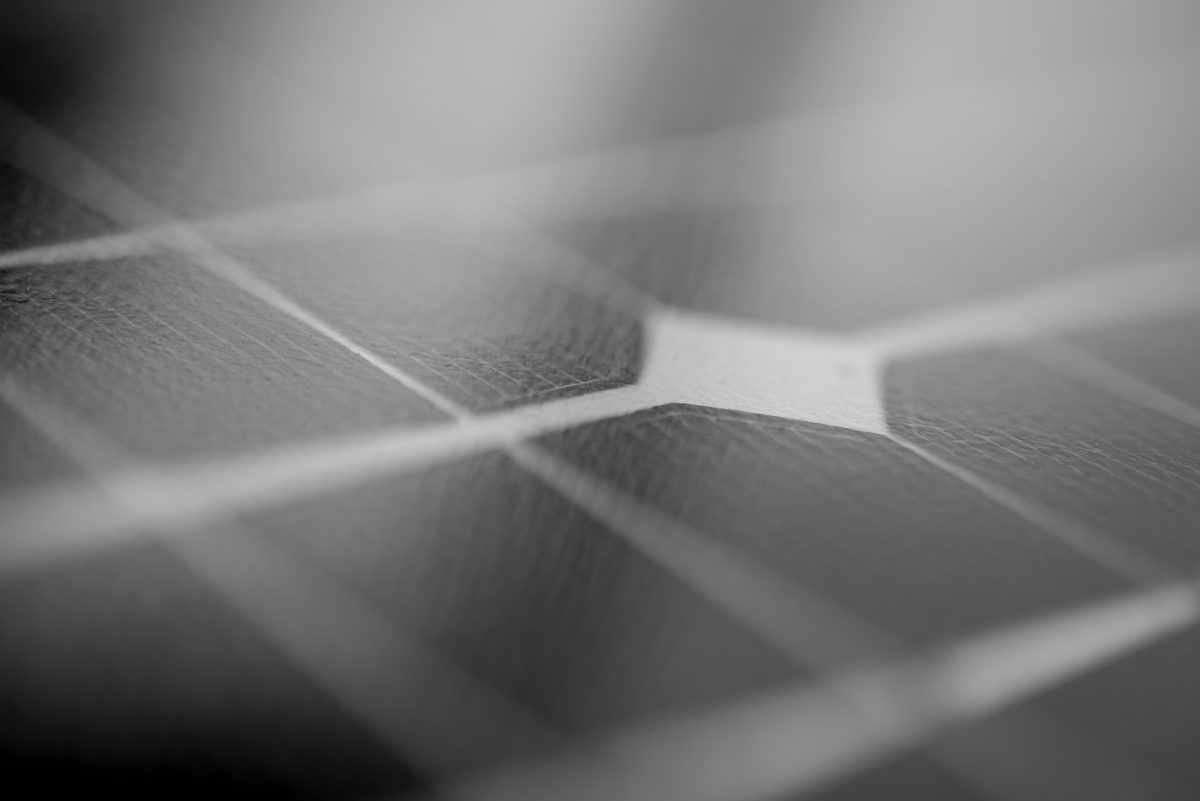Researchers from Florida State University have used a low-cost industrial organic pigment called quinacridone (QA) as a surface passivation agent in perovskite solar cells in order to increase their stability and efficiency.
The U.S. group specified that QA, which is widely used as an industrial organic pigment for red paints and cosmetics, is air-stable, non-toxic, and can be bought at only around $0.50/kg. The supermolecular structures of the pigment give it good physicochemical properties, including high stability against light and heat and excellent charge carrier mobility.
The pigment was applied to halide methylammonium lead iodine (MAPbI3) thin films through a spin-coating-annealing process. “The solar cell had an efficiency of 18.9% without the layer of pigment,” research co-author Biwu Ma said. “With it, that number rose to 21.1%.”
Furthermore, the cell was able to retain 90% of its initial efficiency after 1,000 hours in ambient conditions, thanks to the new pigment layer, the scientist claimed. “Adding the layer of insoluble pigment via facile solution processing and thermal annealing also makes the cell hydrophobic, meaning water cannot stay on the surface,” they further explained. “The energy levels of the QA layer enabled cascading, directional hole transfer from the perovskite to hole transport layers while inhibiting electron transfer, which increased hole extraction efficiencies and decreased charge recombination, respectively.”
The hydrophobicity was said to be responsible for the high stability of both the thin films and the solar cell itself. “This work suggests surface passivation of halide perovskite thin films by low-solubility industrial pigments is a promising strategy to address the long-term stability issues of perovskite solar cells,” the academics concluded.
The pigment and the coating process are described in the paper Highly Efficient and Stable Perovskite Solar Cells Enabled by Low-Cost Industrial Organic Pigment Coating, published in Angewandte Chemie.
This content is protected by copyright and may not be reused. If you want to cooperate with us and would like to reuse some of our content, please contact: editors@pv-magazine.com.




2 comments
By submitting this form you agree to pv magazine using your data for the purposes of publishing your comment.
Your personal data will only be disclosed or otherwise transmitted to third parties for the purposes of spam filtering or if this is necessary for technical maintenance of the website. Any other transfer to third parties will not take place unless this is justified on the basis of applicable data protection regulations or if pv magazine is legally obliged to do so.
You may revoke this consent at any time with effect for the future, in which case your personal data will be deleted immediately. Otherwise, your data will be deleted if pv magazine has processed your request or the purpose of data storage is fulfilled.
Further information on data privacy can be found in our Data Protection Policy.